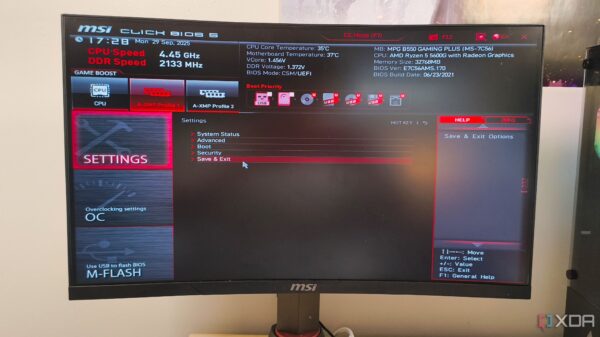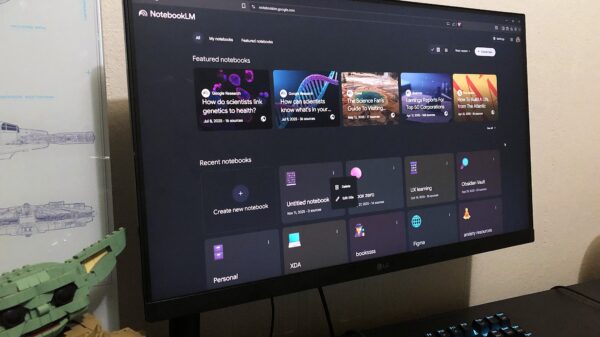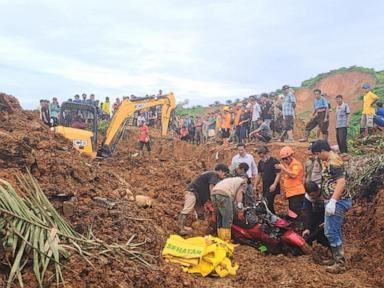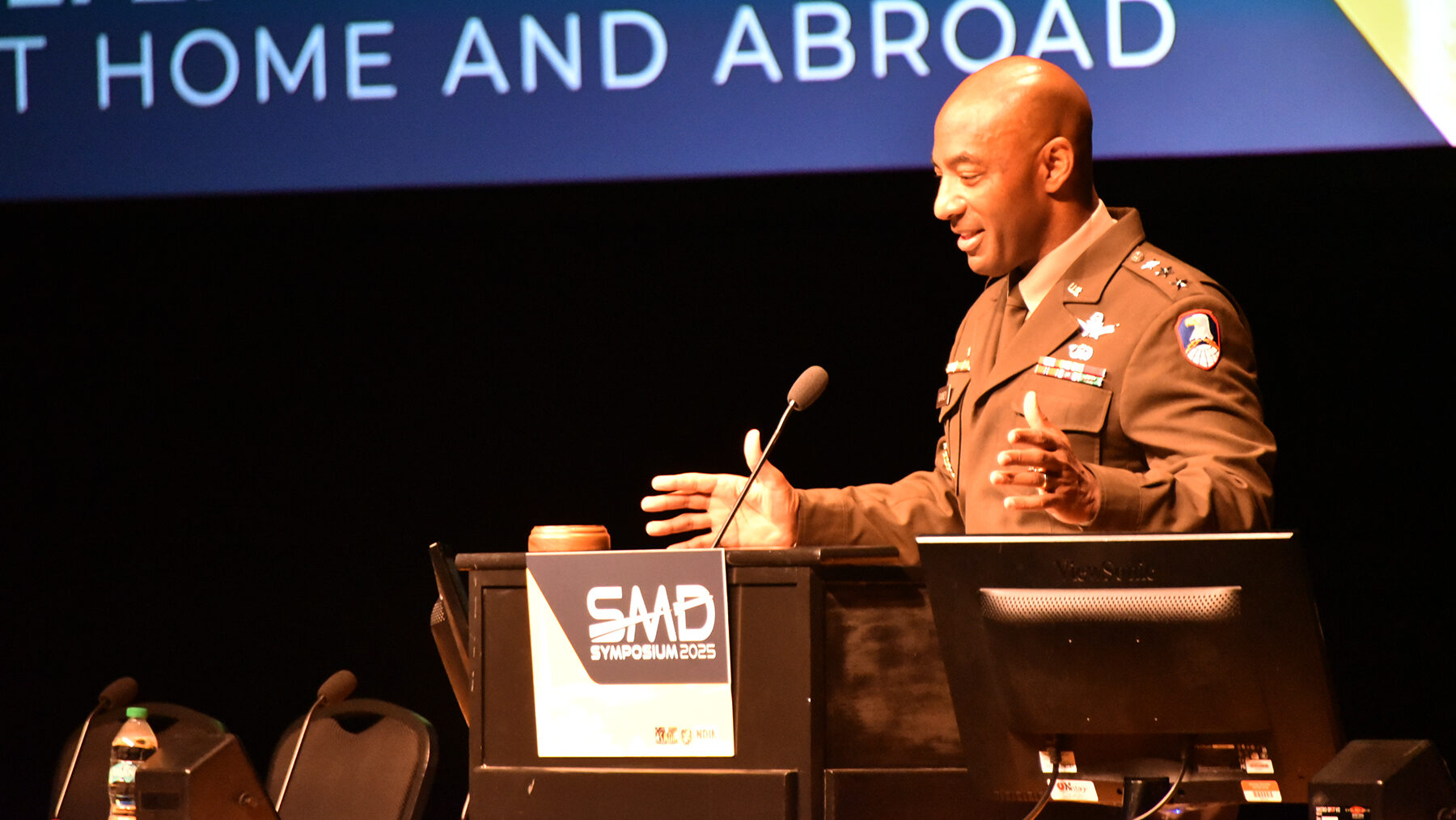The US Army’s Space and Missile Defense Command (SMDC) has broadened its scope to enhance its contribution to homeland air and missile defense. This expansion is part of the Army’s strategic developments under the newly established Western Hemisphere Command. Lt. Gen. Sean Gainey, the head of SMDC, confirmed this shift in an interview with Breaking Defense on October 31, 2023.
Under this new arrangement, the SMDC will oversee a more comprehensive defense strategy that includes ground-based midcourse defense and extends to countering a wider array of threats, such as drones. “We did grow in responsibility,” Gainey stated. The command will now manage both the traditional ground-based midcourse defense mission that had been under the auspices of North Command and a more holistic air and missile defense role.
As part of this transition, the SMDC has received additional organizational support. The 32nd Army Air and Missile Defense Command, previously aligned with US Central Command, along with the 263rd Army Air and Missile Defense Command, has been reassigned to SMDC. “As we received the two commands, our role changes from GMD [ground-based midcourse defense] to AMD [air and missile defense],” Gainey explained. “In that capacity, we now have all elements of the defense of the homeland.”
This restructuring aligns with the Army’s broader objective to establish a Western Hemisphere Command, which will integrate the functions of Army North Command, Army South Command, and the Force Command (FORSCOM). The Trump administration is anticipated to emphasize homeland defense in the upcoming National Defense Strategy, aiming for a more comprehensive Golden Dome strategy.
In addition to the command changes, the Army has finalized its new Air and Missile Defense (AMD) Strategy 2040. This strategy document is currently undergoing final review and is expected to be approved by Army Chief of Staff Gen. Randy George and Secretary Dan Driscoll in November 2023. “It’s right now going through final staffing,” Gainey noted.
The revamped strategy incorporates lessons learned from conflicts in Ukraine and the Middle East while shifting focus toward enhancing homeland defense capabilities. Gainey emphasized the need for a more integrated defense architecture, stating, “It’s now more of an architecture approach where you have several systems with the ability to sense and engage several different places.”
He highlighted that the nature of threats has evolved. “No longer are you just going to see a tactical ballistic missile threat. You’re going to be in all of that at one time, so you need to have a system of systems approach as opposed to a specific, isolated system approach,” he added.
This strategic expansion comes at a time when the complexities of modern warfare demand a more agile and responsive defense posture. The SMDC’s enhanced role in air and missile defense signifies a pivotal shift in how the Army plans to protect the homeland against an array of potential threats.





































































